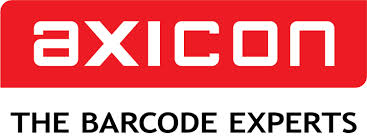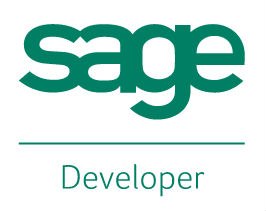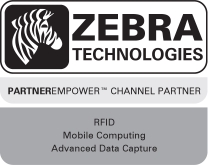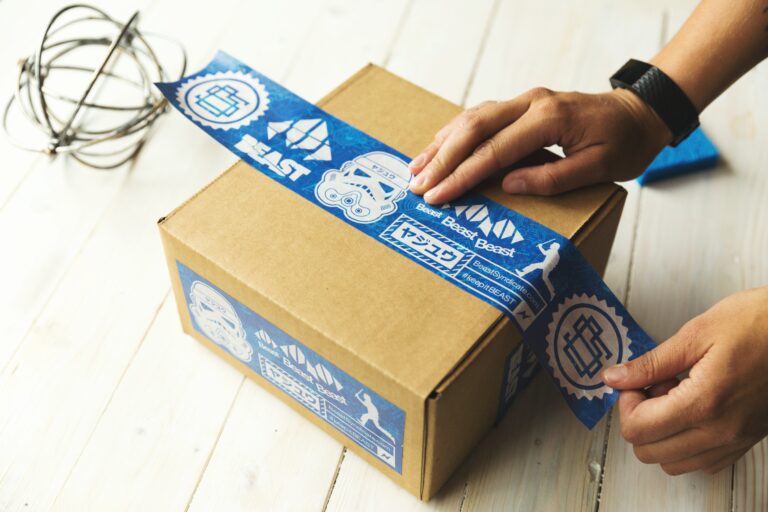
In the modern world it is hard to imagine food without a best-before date. There are several ways to have an expiration date printed and tagged. The best before date of a product is set in advance of printing. An ex
piry date is then not
ed on the packaging or label. In this blog article, we will walk you through a production process and show you the various options for printing and attaching an expiration date.
What does the production process look like?
 Here you can see a picture of the jam making process. After filling, the jam is provided with a label that the consumer can use for identification.
Here you can see a picture of the jam making process. After filling, the jam is provided with a label that the consumer can use for identification.
The law also stipulates that a best-before date must be provided. This can happen at different points in the process from the beg
inning to the end of the production process.
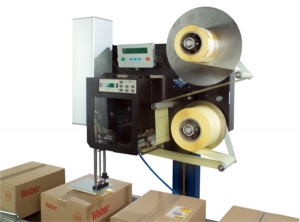 1. Apply – Print full color labels on request
1. Apply – Print full color labels on request
The best before date is part of the colored label. The full-color labels are printed on site and attached with a label dispenser. This way you never have too many or too few labels in stock, which saves costs.
2. Coding – Dated coding of individual products
The jam jar is labeled and the best-before date is printed on the metal lid or on the jar using a durable thermal inkjet printer such as the “Alpha Compact X1 Jet“. A thermal inkjet printer can also be integrated into a film machine, a sleeve or box feeder.
This is a sustainable solution that is good for people and the environment. Thermal inkjet printers are less polluting than conventional continuous inkjet printers . The return on investment (ROI) therefore pays for itself quickly.
3. Coding – Dated coding of outer packaging
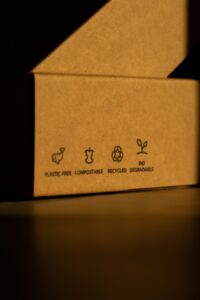
When the jam jars have a best-before date, they are packed in boxes that contain a certain number of jars. To make the logistical process easier, it makes sense to put a date on the box. Thanks to piezo technology coding, it is razor-sharp and clean. There is no date label, but there is a sharp clear print on the box. In addition to the best-before date, a lot of other information can also be printed. For example, a logo, a batch number, a barcode or whatever extra information is needed to speed up the logistical process.
Labels are being replaced by ink. This saves label costs and the investment in a box printer pays for itself quickly.
4. Print & Apply – Print and apply dated labels
When the jam is ready to be shipped, a label can be printed and automatically applied using a Print & Apply system. No manual action is required. Any extra text can be printed on the label at this stage also, from the production date to the warning or a delivery address.
Automating this part of the production process increases capacity and enables businesses to grow and scale.
5. Pallet Labelling – Applying dated labels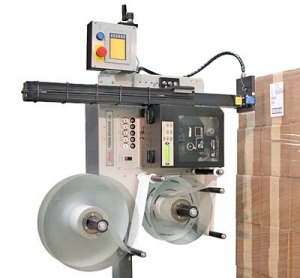
The labeling of pallets and their preparation for shipping with an SSCC / GS1 label on 1, 2, 3 or 4 sides is possible with a pallet labeller. A sensor tells the pallet labeller where the pallet is and the software provides the machine with the correct information.
The label is printed and the extra long arm blows the label onto multiple sides of the pallet. When the production environment is warm or cool, th
e labeling machine can be housed in a cabinet. This will keep it in good condition. In addition to a shipping label, the system can also be used to put a date or a warning on a pallet.
6. Combined solutions
In addition to the standard solutions for labeling and coding, there can also be a combination of the above-mentioned solutions in the production process. After all, every production process is unique. Therefore, always get advice about the possibilities and consult with a labeling and coding expert such as at Weber which possibilities fit you company’s goals.
We rely on cost-efficient and automated marking and labeling solutions that add value and quality to the production and logistics processes. Are you curious about new developments in the field of labeling and coding of best-before dates in the food and beverage sector? Get in contact with us for further information.



